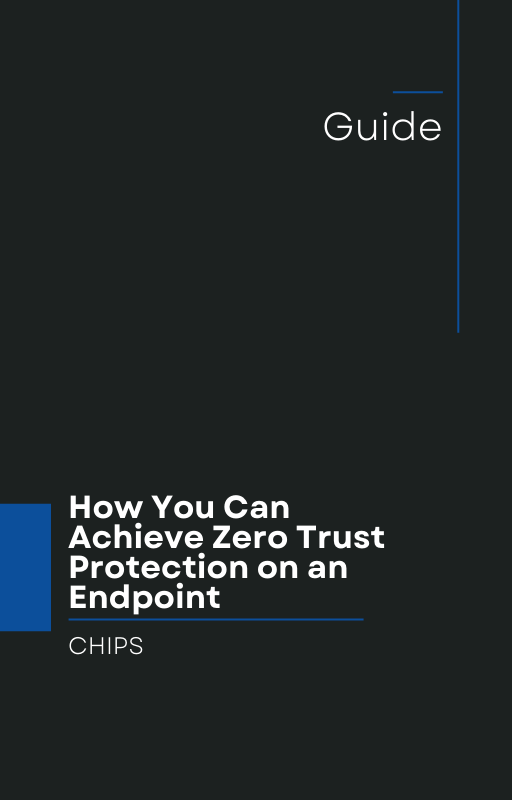The cybersecurity landscape has entered a new phase: attackers are now building malware that leverages the same AI tools many organizations use for innovation. The recently reported LAMEHUG malware family demonstrates this shift by outsourcing the generation of malicious Windows commands to large language models hosted on public AI platforms. That makes the threat more flexible, more adaptive, and—critically—much harder for traditional detection tools to stop. Cyber Security News
What makes LAMEHUG different
Traditional malware ships with a fixed set of instructions. Fixes and signatures are created in response to those instructions, and defenders can block or flag known behaviors. LAMEHUG changes that playbook. Instead of carrying a static script, it reaches out to LLMs (the article shows examples using models accessed via Hugging Face) and asks the model to produce administrative Windows commands tailored to the infected environment. Those AI-generated commands handle reconnaissance, collection of documents, and staging of exfiltration. Because the instructions are dynamically created, each infection can look different, and signature-based defenses struggle to keep up.
Researchers observed LAMEHUG using prompts that instruct the LLM to behave like a “Windows systems administrator,” returning compact, one-line command sequences that create directories, harvest system and Active Directory details, and copy user documents into a centralized folder for exfiltration. The malware then uses multiple channels—SSH with hardcoded credentials, HTTPS POST—to move the data offsite. These are not hypothetical tactics; they are documented behaviors in the Splunk analysis described in the reporting.
Why Detect-and-Respond is not enough
Detect-and-Respond relies on spotting malicious activity or indicators after they occur, then taking steps to remediate. This approach is necessary, but it assumes attackers act in recognizable ways: repeated patterns, known command sequences, or obvious anomalous processes. LAMEHUG’s dynamic, AI-assisted command generation complicates that assumption. If each compromised endpoint can receive unique, context-aware commands from an LLM, the window between compromise and data theft shrinks—and the activity may fly under the radar of behavior-based detectors that were trained on older, more repetitive attack patterns.
Put simply: when malware can generate bespoke commands that look like legitimate administrative actions, defenders lose visibility and reaction time. Detecting the after-effects may be too late for sensitive data.
What businesses should do differently: Isolation and Containment
Because LAMEHUG and similar threats can adapt their behavior dynamically, the smartest defensive posture shifts from asking “how quickly can we detect and respond?” to asking “how do we prevent malicious actions from executing in the first place?” That means prioritizing isolation and containment at the endpoint level.
Isolation and containment focus on preventing untrusted or unexpected code from performing harmful actions, regardless of how cleverly that code was written or what commands it receives. Instead of relying on pattern recognition, isolation enforces strict policies about what processes can do: which files they can touch, which system calls they can make, and whether they can spawn child processes or reach the network. If an untrusted executable tries to run reconnaissance commands generated by an LLM, an isolation-first solution blocks those operations before damage occurs.
Why AppGuard fits this new threat model
AppGuard is designed around the principle of preventing unauthorized actions at the endpoint by enforcing policy-based isolation and containment. With a decade of proven use, AppGuard does not rely solely on signatures or behavioral heuristics that can be evaded by AI-generated commands. Instead, it restricts what untrusted applications can do on a system—so even if malware receives a perfectly tailored set of admin commands from an LLM, those commands cannot be executed if they violate containment policies.
In environments where attackers are weaponizing public AI models to craft environment-specific attacks, containment is the difference between a blocked intrusion and a successful data exfiltration. AppGuard’s approach limits the attacker’s ability to leverage dynamic behaviors, stopping reconnaissance and file collection before they begin.
Practical steps for business leaders today
-
Inventory endpoints and prioritize protections for systems that store sensitive data—file shares, domain controllers, and user workstations with access to customer records.
-
Adopt an isolation-first endpoint protection solution that enforces strict application behavior policies by default.
-
Reduce the attack surface: limit user privileges, restrict the use of admin tools, and enforce application allowlisting where practical.
-
Assume that phishing and social engineering will succeed occasionally; make sure those infections cannot execute harmful actions.
-
Test containment controls with tabletop exercises and red-team simulations that simulate AI-assisted attacks.
Final thoughts
LAMEHUG is a wake-up call: attackers are leveling up by leveraging AI in creative, dangerous ways. That evolution means defenders can no longer rely on detecting bad behavior after it has started. The new priority must be to stop malicious actions from executing at the endpoint—regardless of how those actions were created.
If you are a business owner or IT leader, now is the time to rethink endpoint strategy. Move beyond Detect and Respond and adopt Isolation and Containment as your default posture. CHIPS can help you evaluate how AppGuard’s proven, containment-first approach blocks AI-assisted malware like LAMEHUG and protects sensitive data before it leaves your network.
Talk with us at CHIPS today to learn how AppGuard can prevent incidents like this one and keep your business protected.
Like this article? Please share it with others!

October 13, 2025

Comments